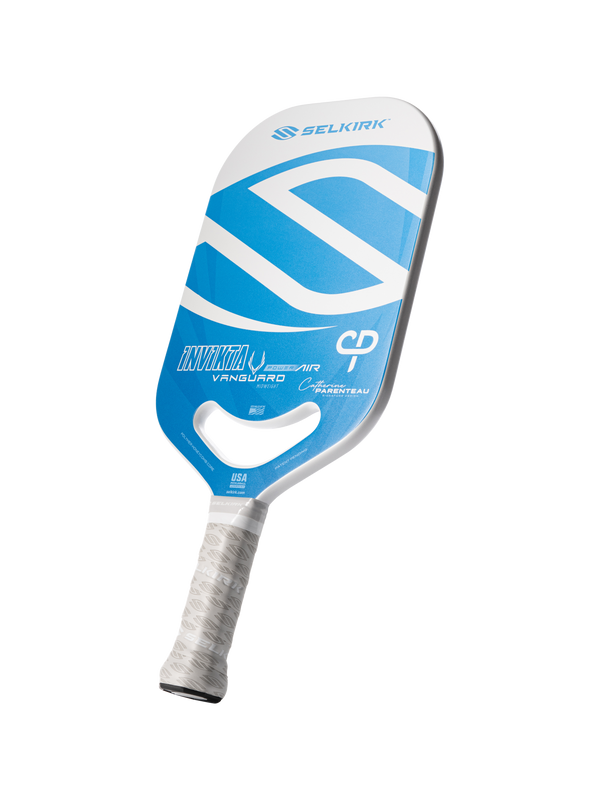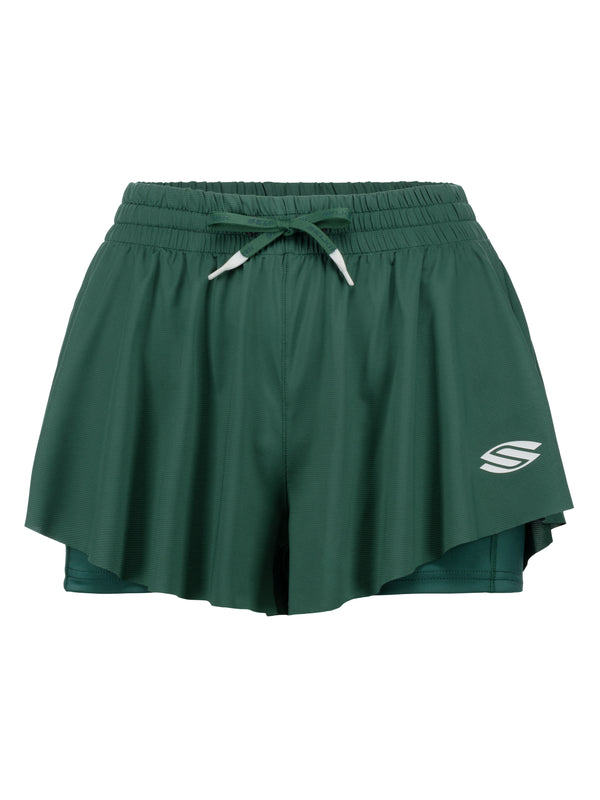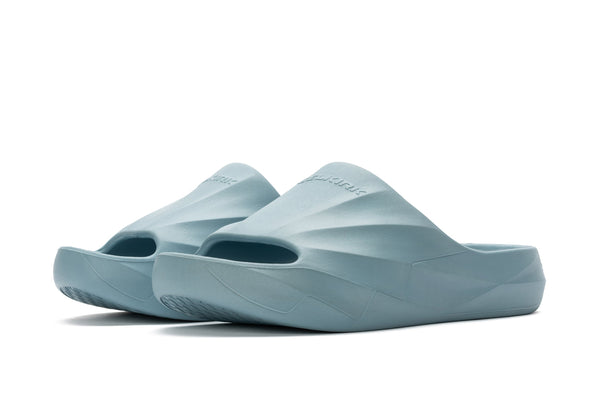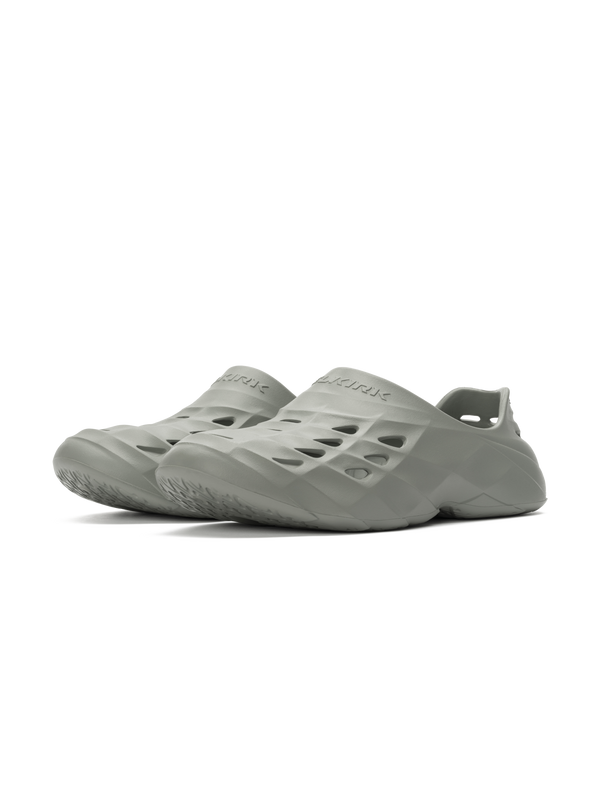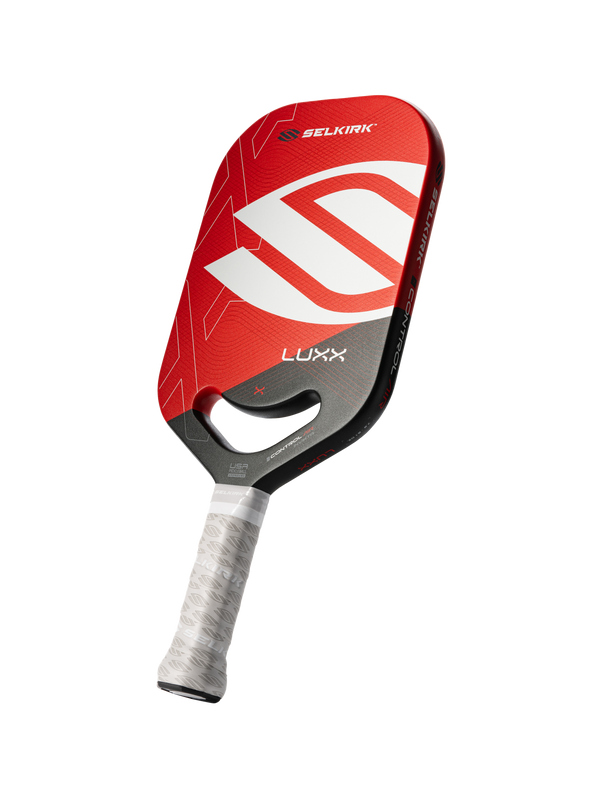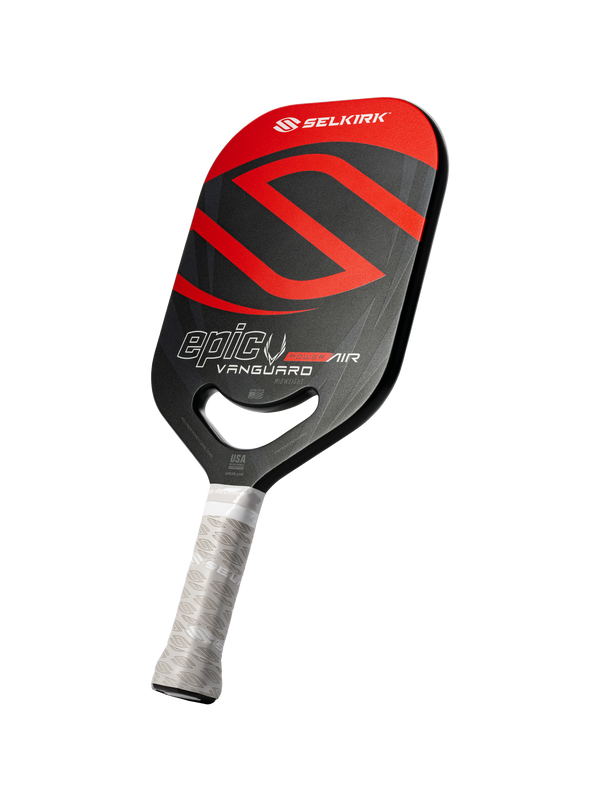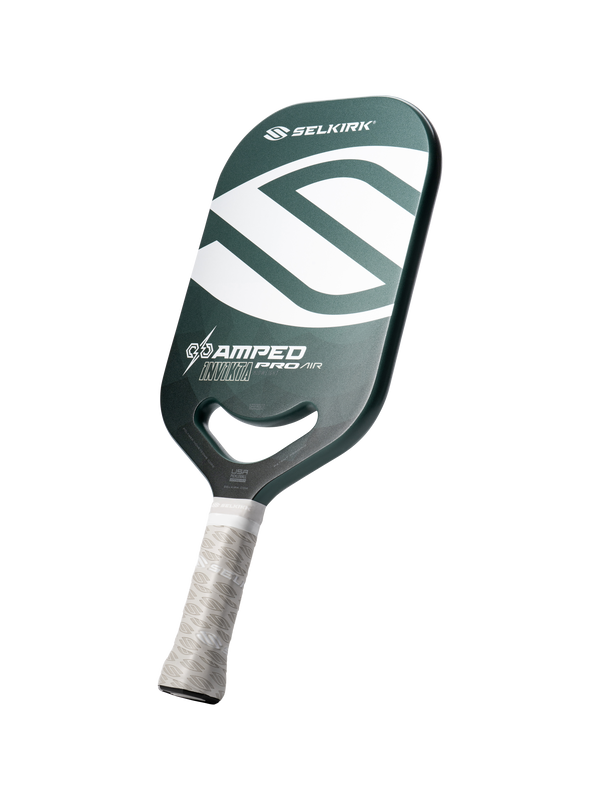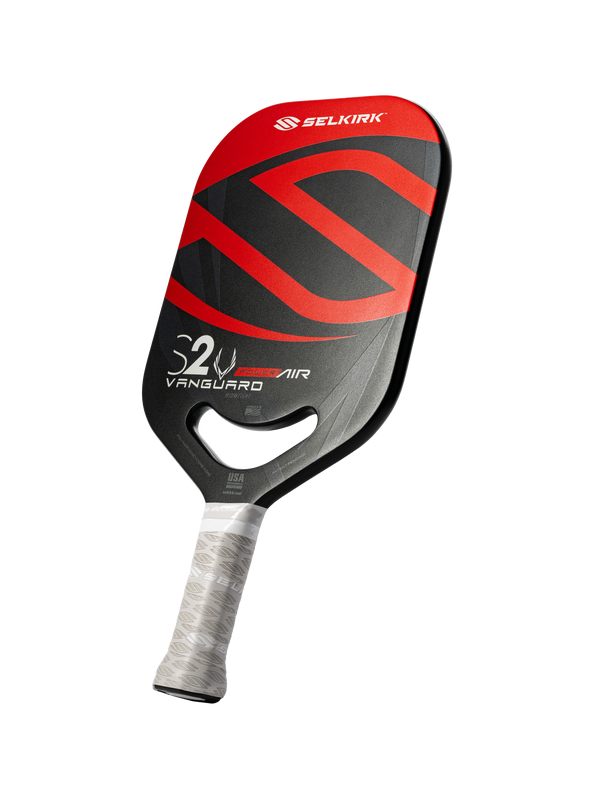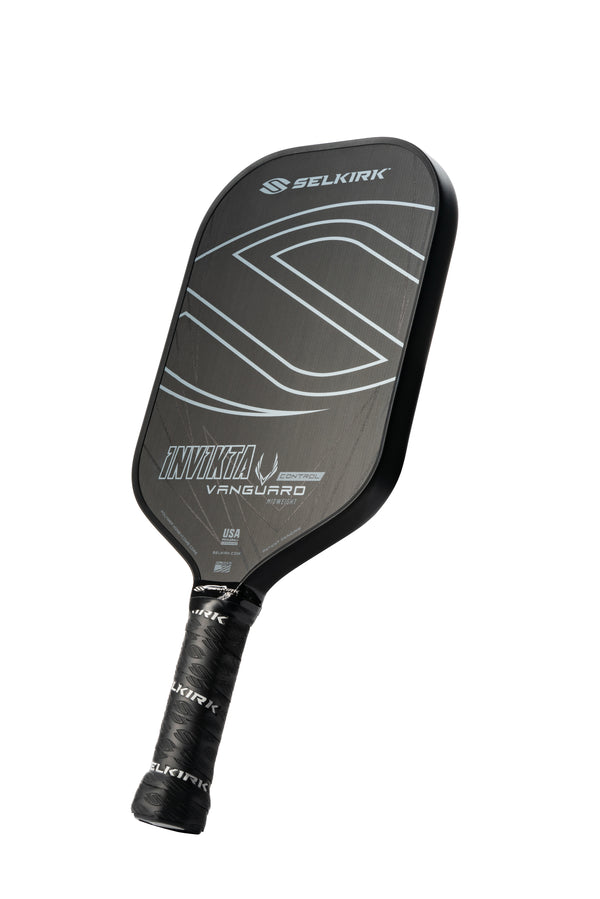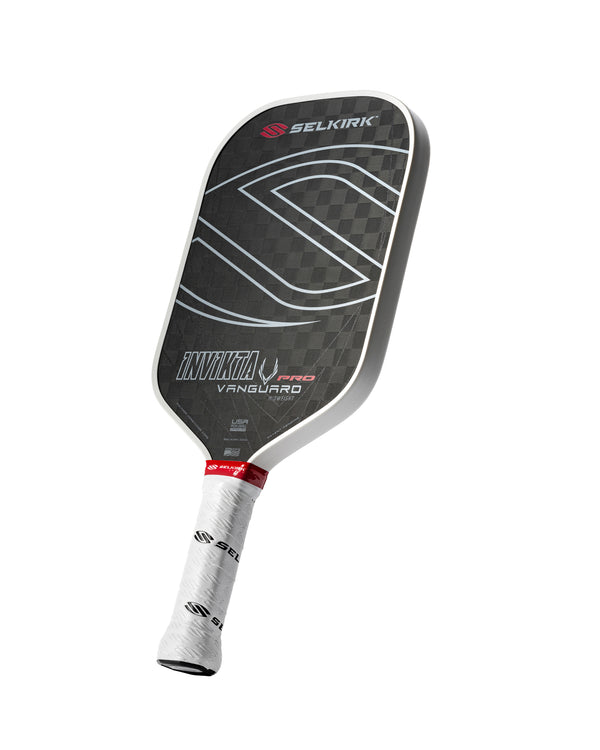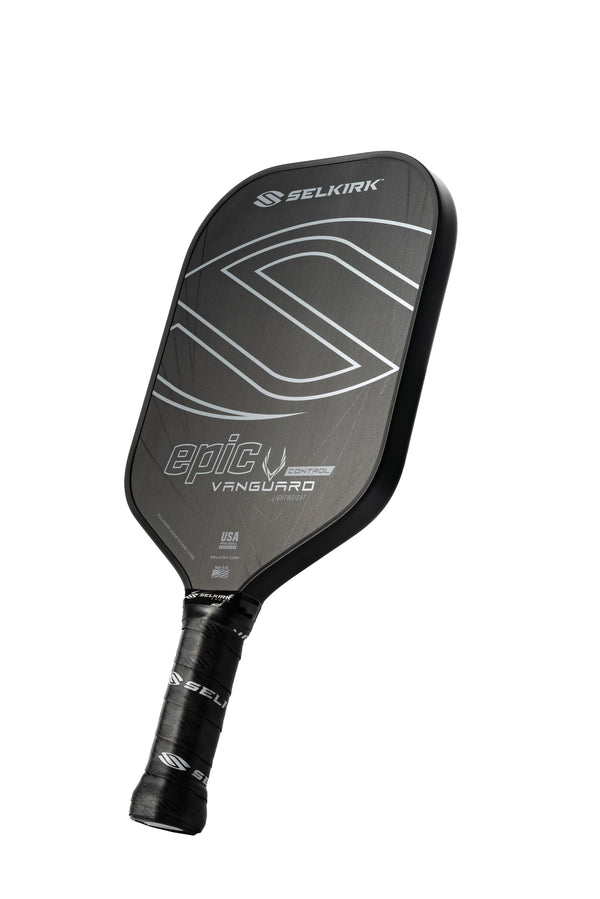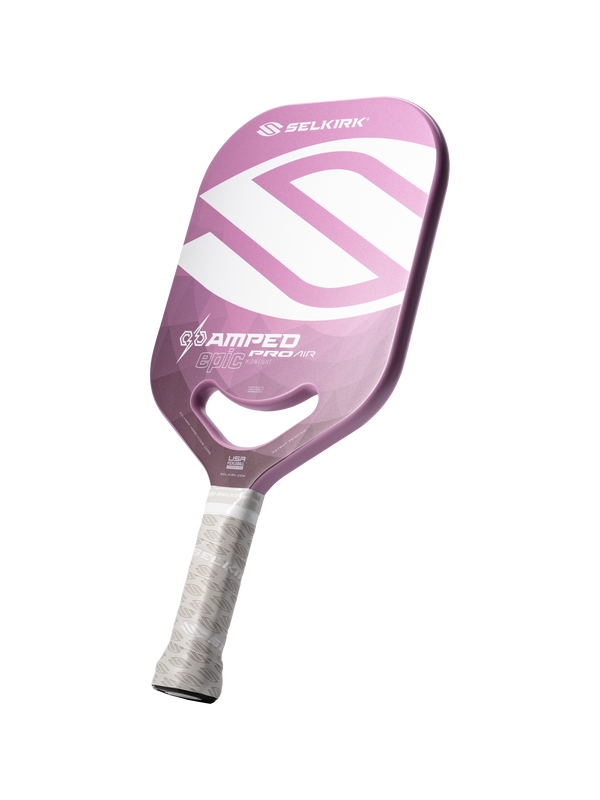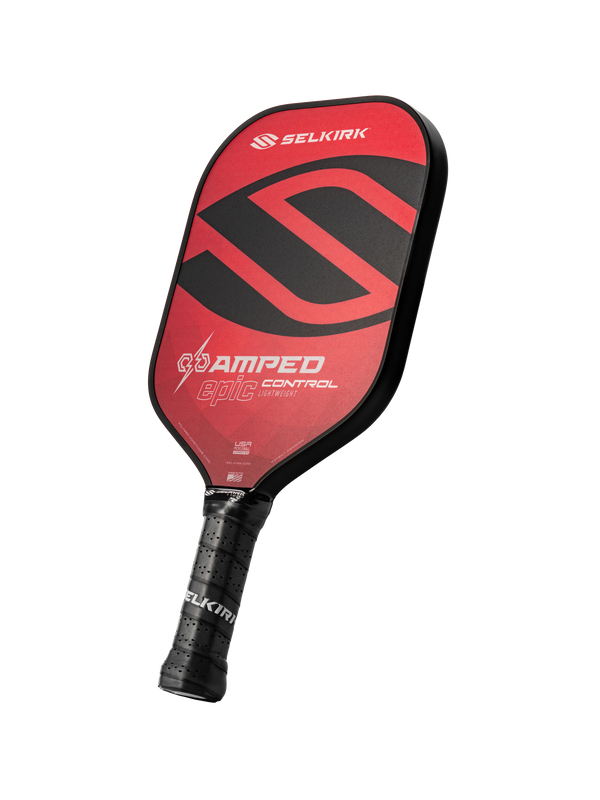
If you’ve been playing pickleball for a while, you’ve likely experienced a game where it seems impossible to get to the kitchen line.
As hard as you try, you and your partner can’t seem to get out of the transition zone. While it’s difficult at times to remain calm under pressure, the easiest way to work your way out of no man’s land is to slowly take pace off the ball.
In his latest high-level pickleball lesson, Dominic Catalano shares insights on how to reset the ball from the transition zone so that you can regain control of the point.
How to create touch for a pickleball reset
One of the key contributing factors for a strong reset is touch. You need to know how to take pace off the ball with a gentle touch to get the reset back over the net.
To get a full picture of touch in pickleball, let’s first think about volleyball. When a volleyball goes to bump (or pass) the ball, they aren’t swinging their arms. Instead, they allow the ball to hit their arms and push up using their legs.
Depending on whether they want to take pace off the ball or add pace on, they either cushion the ball by squatting down or power through their legs to add pace. The same is true for pickleball.
As your opponents hit the ball hard toward you in the transition zone, you should maintain a good ready position where your paddle is out in front of you and lowered to about thigh or knee height.
Then, as you prepare to hit your reset, remember to use your legs to help create the touch necessary to reset the ball.
Remember: You likely won’t hit a perfect reset on your first try. That’s OK. Continue to take resets, taking more pace off the ball each time you hit.
Drills for resetting out of the transition zone
Start with one drilling partner on either side of the net. One should stand at the kitchen line and the other in the transition zone.
The player at the kitchen zone should feed balls to the player in the transition zone, making sure to hit them hard but mixing between slams and volleys.
The player in the transition zone should attempt to reset the pickleball into the kitchen. With each hit, work on creating muscle memory in your legs, your grip, and your swing path for the proper touch.
Download the Selkirk TV app HERE to watch the complete episode and many other Selkirk TV original shows, podcasts, lesson series from the pros, and much more.




